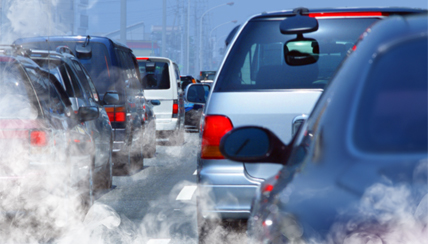 As the weather heats up during the summer months, ground-level ozone pollution increases as pollutants react to heat and sunlight. Ozone levels often increase with summer wildfires, further worsening the air quality and ozone-related breathing issues.
As the weather heats up during the summer months, ground-level ozone pollution increases as pollutants react to heat and sunlight. Ozone levels often increase with summer wildfires, further worsening the air quality and ozone-related breathing issues.
Exposure to ground-level ozone can exacerbate chronic respiratory symptoms, reduce lung capacity and be a trigger for asthma attacks. Other conditions affected by high ozone levels in the summertime include COPD, heart disease and diabetes.
Symptoms
When ozone levels are high, you may experience the following symptoms:
Coughing
Throat irritation
Discomfort, pain or burning when breathing deeply
Chest tightness, wheezing or shortness of breath
Protect Yourself from Ozone Pollution
Watch local forecasts for high pollution days and take precautions. This information is generally available from the state health department. Get current Colorado air quality levels.
Avoid exercising outdoors on high pollution days.
Choose exercises that require less exertion if you will be outdoors.
Keep your home’s thermostat climate control setting on circulate mode to avoid introducing polluted air into your home.
Develop an action plan with your doctor to manage disease flare-ups, including those associated with high pollution days.
Consider using a High Efficiency Particulate Air (HEPA) filter in air conditioners, air cleaners and vacuums to trap pollutants. People who use HEPA air filters say they feel better and have reduced symptoms.